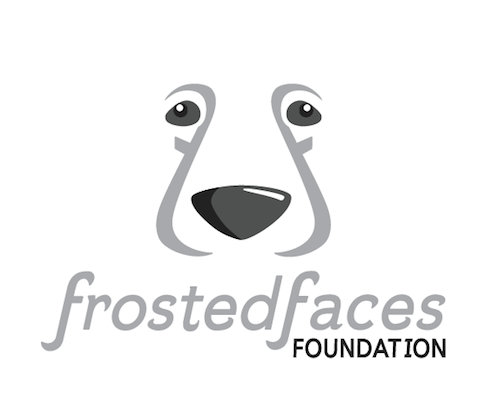Diabetes Mellitus
You have received this information because your Frosted Face (FF) has been diagnosed with Diabetes Mellitus (to give this disease its full title). The type of diabetes dogs get is more similar to type 1 diabetes in humans, as opposed to type 2, therefore it cannot be put into remission or managed with diet. This type of diabetes occurs when the pancreas does not produce enough insulin, this in turn, causes chronically high blood glucose. The mainstay of treatment is twice daily insulin injections, which is MUCH EASIER THAN YOU MAY THINK!!! Here are the key takeaways from a great article on the disease: https://veterinarypartner.vin.com/default.aspx?pid=19239&id=4951506
The main symptoms of diabetes mellitus are excessive urination, excessive thirst, excessive appetite, and weight loss. Treatment should control these symptoms. Watching for these symptoms is the best way to know how your pet is doing.
The starting insulin dose is going to be based on averages and will be tweaked based on trial and error, depending on both test results and control of the symptoms.
You can save a lot of money and trips to the vet if you get your own glucose meter and learn to do blood sampling at home (it's easier than you think). Purchase this: https://www.amazon.com/AlphaTRAK-Blood-Glucose-Monitoring-System/dp/B007Z0XULY
Using too little insulin is a problem in the long term but too much insulin is potentially an emergency in the short term. Be sure you know how to recognize hypoglycemia and what to do about it.
Understandably, giving any injection for the first time, and the prospect of giving insulin life long, can be very daunting. However, it is typically much easier than most people expect! We will give you as many demonstrations as you need and will be here any time you have any questions. Here is a great article on how to store and give insulin: https://veterinarypartner.vin.com/default.aspx?pid=19239&id=4952915
As mentioned, monitoring diabetes regulation is very important. The mainstay of monitoring is a blood glucose (BG) curve, whereby BG is measured hourly for a whole day. This will show us how high BG gets at any time during the day (typically before insulin admin) and how low it gets when the insulin is having its peak effect, called the ‘nadir,’ which is typically 4-6hrs post insulin administration. Being on the lookout around that time for signs of low BG (hypoglycemia), especially when starting therapy or increasing dose, is very important. Signs of hypoglycemia include weakness, lethargy, collapse, and in rare cases coma. If you spot signs of hypoglycemia, you can react quickly by rubbing Karo syrup or honey on your FF’s gums. Once regulation is good, these BG curves may only be required every 4 months or so. Doing a curve is much easier than you think, we can and will do them in hospital, however in the home setting, with minimal stress, you actually get a much more representative curve. The article below contains some useful details. In addition to BG curves, we will also do ‘Fructosamine’ measurements, which show us average BG over the previous 2 to 3 weeks. These are a useful component of monitoring, but cannot be used alone as they do not tell us anything about the low points. We will inform you when we would like to do the next BG curve and/or Fructosamine. https://veterinarypartner.vin.com/default.aspx?pid=19239&id=4952916
Cataract is a very common complication of diabetes, here is some useful information on this condition: https://veterinarypartner.vin.com/default.aspx?pid=19239&id=4952222

